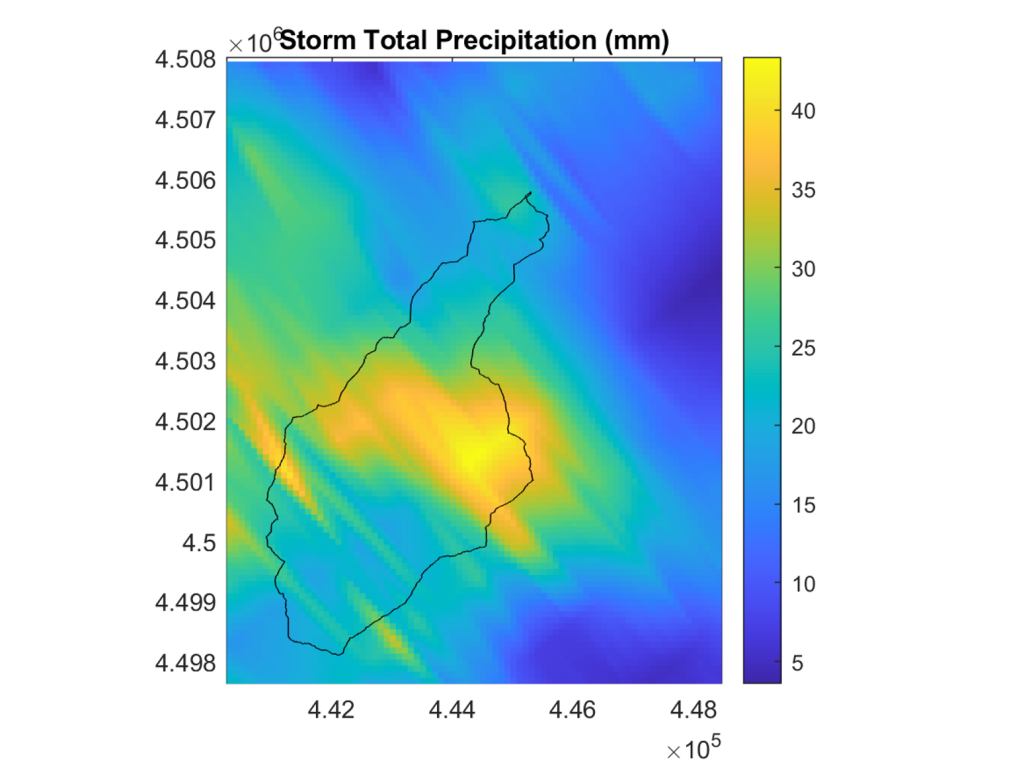Post-wildfire hydrology and erosion

We are investigating short- and long-term wildfire impacts on runoff, erosion, water quality, snowpack, and vegetation recovery. Much of this work involves field data collection (frequently using drones) in the areas burned in the 2020 Cameron Peak and East Troublesome Fires in Northern Colorado.



